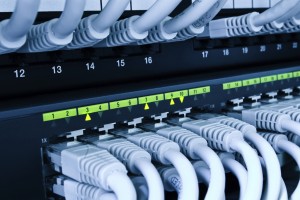Continuous Monitoring is a methodology by which evidence collection is “baked into” the network. Critical observations are made and recorded continuously and quickly available when needed. The idea is to pre-collect evidence that will support your investigative processes. The power of continuous monitoring is significant, and I encourage all businesses and organizations to adopt the notion of an investigable network—one that incorporates pre-collected evidence into the environment.
By pre-staging evidence collection that supports the investigative and forensic processes, you can dramatically increase the speed and decisiveness of your on-staff or contracted forensic team. This results in lower costs and a faster return to normal operations. It’s also a great complement to Red Canary Managed Detection & Response, which we’ve seen drive down our customers’ incident response costs.
What Types of Evidence Should You Collect?
There are several categories of evidence that are easiest to collect and tend to provide the most value. As any seasoned forensicator knows, you don’t know what evidence you’ll need until you really need it.
Logs

Network

Endpoint

The endpoint market as a whole has a promising future. Carbon Black continues to be a pioneer in this field, delivering an enterprise sensor and collector package that provides incident responders the critical information they need to conduct fast and decisive investigations. This visibility is one of the several reasons Red Canary selected Carbon Black as our endpoint sensor. That sensor feeds our Threat Detection Engine that continuously analyzes endpoint events to identify conditions that need SOC analysis, enrichment, and confirmation. Our SOC-confirmed threat detections give our customers the ability to remediate before an attacker can cause significant damage to their environment and data.
The Time is Now
The notion of continuous monitoring is not new—every convenience store and bank teller in the world has collected security camera footage for decades. This evidence is extremely valuable to an investigator during an incident response. Advancements in automated hunting and continuous analysis are making massive progress toward minimizing the time between an incident’s occurrence and its detection—at a level of detail that enables decisive remediation. Continuous monitoring enables it all—so what are you waiting for?